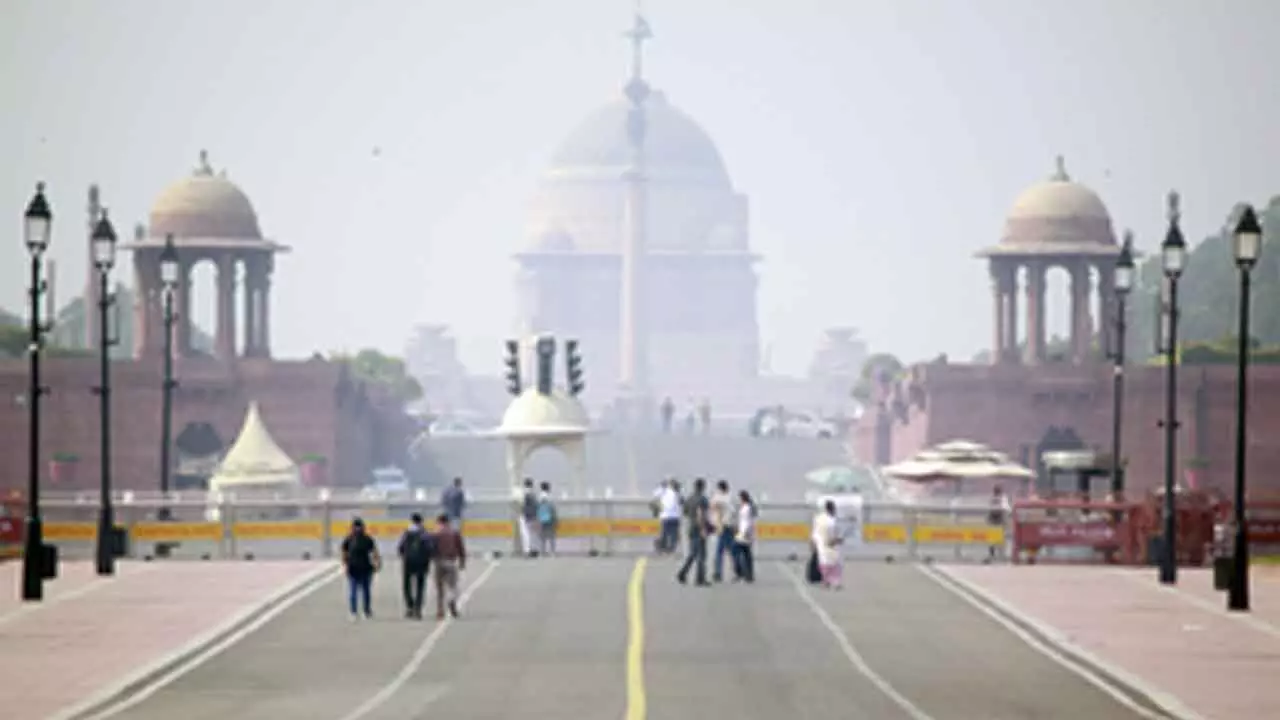Delhi-NCR's air quality remains hazardous with 'severe' pollution levels in several areas
Share :

Delhi-NCR's air quality remained dangerously poor on Wednesday, nearing the 'severe' category in several locations across the region.
According to the Central Pollution Control Board (CPCB), Delhi's average air quality index (AQI) stood at 358 as of 7:30 A.M.
In Delhi, the AQI surpassed 400, marking 'severe' levels in areas like Bawana (412), Mundka (419), NSIT Dwarka (447), and Wazirpur (421).
Meanwhile, most other areas recorded AQI levels above 300, including Alipur (372), Ashok Vihar (398), Burari Crossing (370), Jahangirpuri (398), IGI Airport (347), New Moti Bagh (381), R.K. Puram (373), Dilshad Garden (358), DTU (355, North Campus DU (373), Siri Fort (341), Jawahar Lal Nehru Stadium (315), Najafgarh (354) and Punjabi Bagh (388).
All of these regions of the national Capital indicated 'very poor' air quality levels, presenting considerable health risks.
The National Capital Region (NCR) also saw high AQI readings, with Faridabad at 234, Gurugram at 304, Ghaziabad at 276, Greater Noida at 274, and Noida at 266.
The CPCB's classification defines AQI levels as 'good' (0-50), 'satisfactory' (51-100), 'moderate' (101-200), 'poor' (201-300), 'very poor' (301-400), and 'severe' (401-450), with any level above 450 deemed 'severe plus.'
On Monday, Delhi's 24-hour AQI averaged 381, one of the country's highest recorded levels.
Compounding the poor air quality, the India Meteorological Department reported a visibility drop to 1,800 metres over the Indira Gandhi International Airport on Tuesday, down from 2,100 meters the previous night.
Meanwhile, dense, toxic foam was detected floating on the Yamuna River at Kalindi Kunj, and the river continues to have elevated pollution levels.
To address the escalating pollution levels, the Commission for Air Quality Management (CAQM) has implemented several initiatives to mitigate pollution, including the Graded Response Action Plan (GRAP).
Stringent penalties have been imposed on polluting construction sites, vehicles, and industries while road dust control efforts are underway, with approximately 600 mechanical road-sweeping machines, water sprinklers, and anti-smog guns deployed across the National Capital Region (NCR).



















